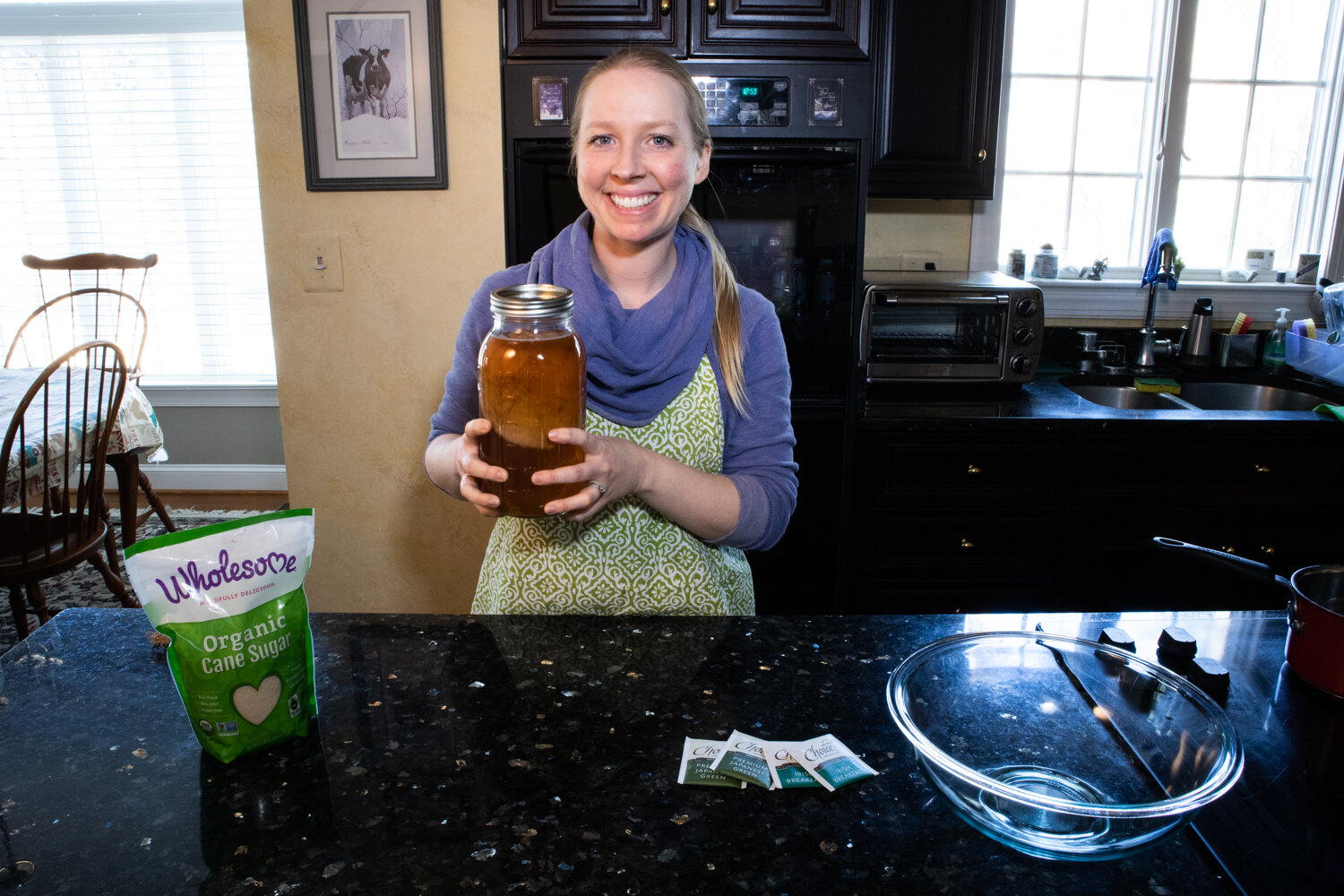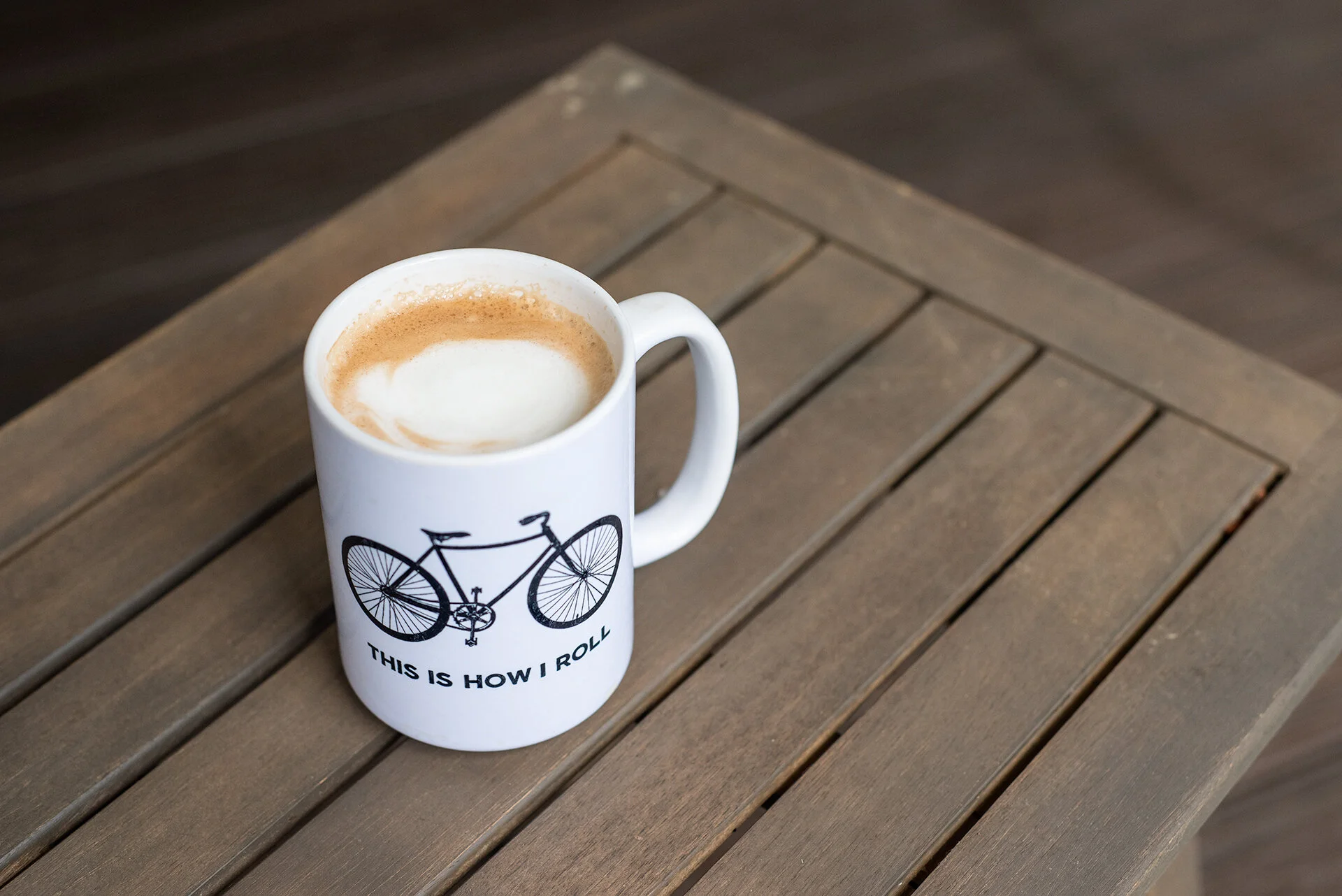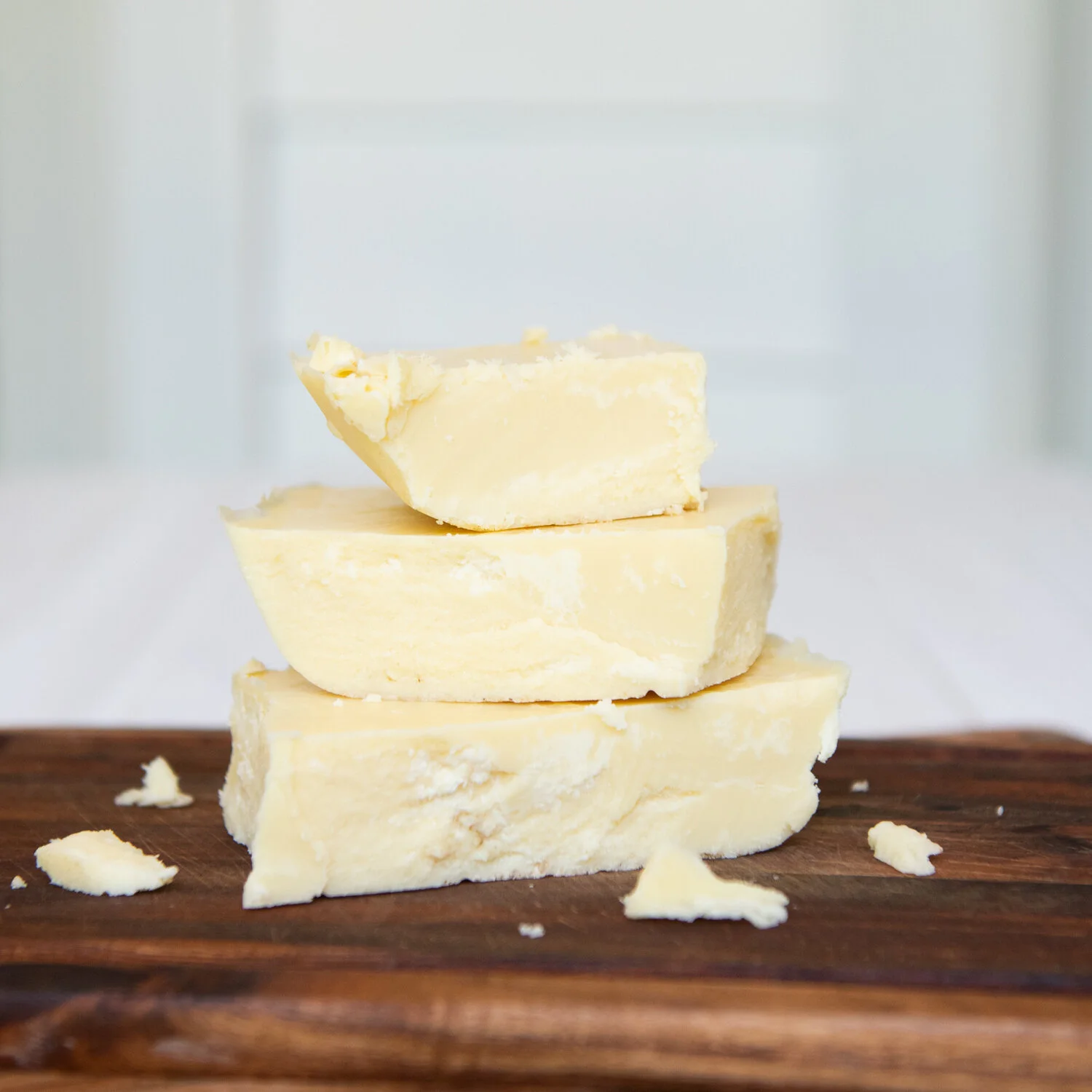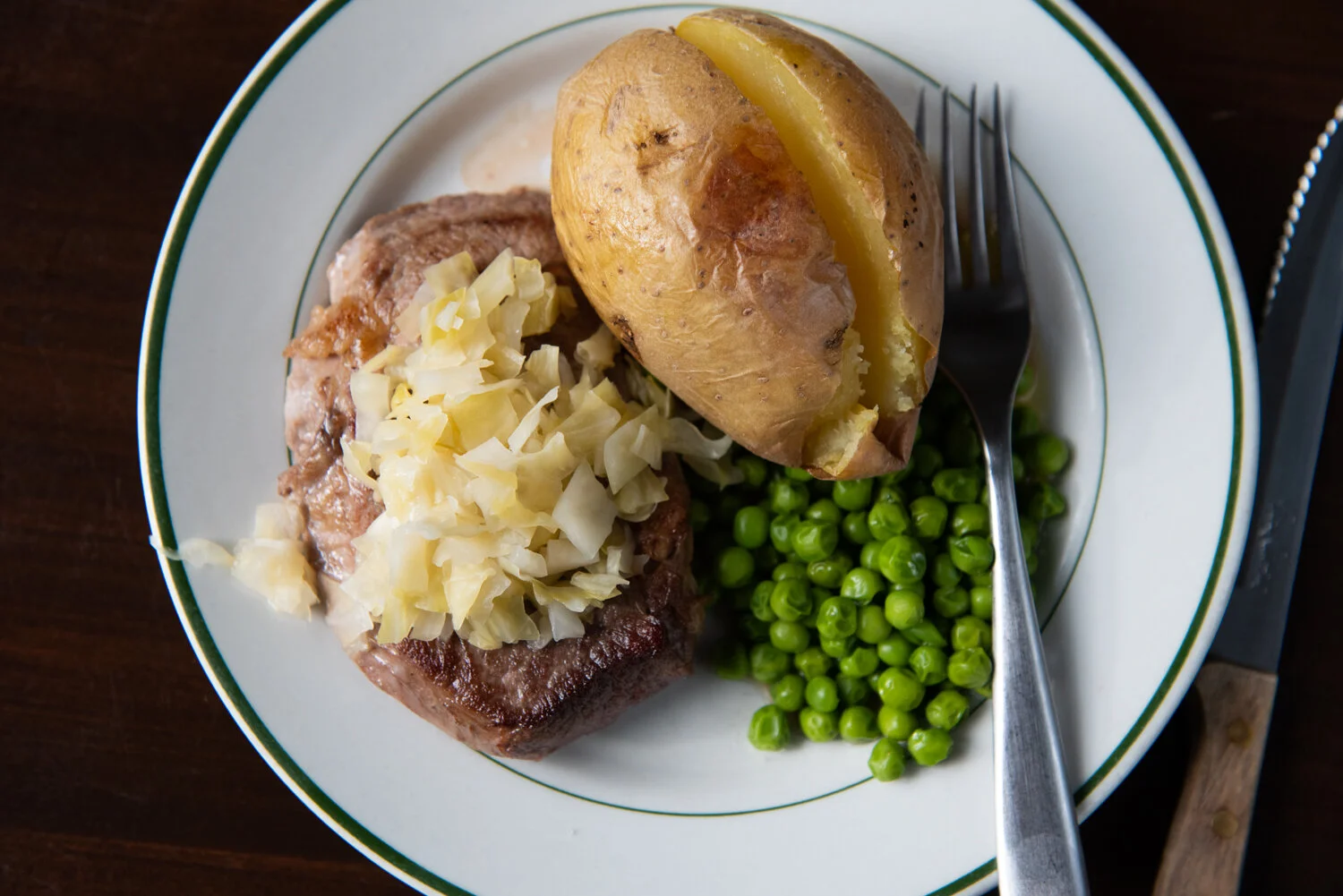My First Batch of Homemade Kombucha
Disclaimer: This post contains affiliate links, through which we earn a commission.
Wiehan and I have been hooked on kombucha for several years, our favorite being the GT's Original flavor. But in more recent months, we began purchasing the drink so frequently that it was becoming expensive, at between $2.99 - $3.99 per bottle. And it was producing a lot of waste when it came to buying glass bottles over and over. So I finally decided to take the plunge and try making my own kombucha. In this video and blog post, I chronicle the process of attempting my first few batches of homemade kombucha.
I stopped drinking soda sometime back in my early teens. Except for an occasional root beer after a race or a particularly long bike ride, Wiehan also avoids sodas. We also don't drink any alcohol. But sometimes we just want a little something bubbly to drink. Kombucha offers a sweet, sparkly refreshment, while also providing all kinds of health benefits, such as probiotics and good bacteria, as well as beneficial acids and enzymes. Kombucha acts as a cleanser, offering a boost to the liver and immune system. Of particular interest to athletes, including kombucha and other probiotic-rich foods into the diet can also help sore muscles heal more quickly, through bacteria that aid in the breakdown of lactic acid after a tough workout. Some have even credited kombucha with restorative abilities in regard to joint health, due to the presence of glucosamine in the beverage.
As a first step in the process, I watched a few videos to figure out what the process would entail. The Healthy Home Economist provided really great information for a newbie in this blog post and corresponding videos. Through this resource, I learned about the kind of supplies and ingredients I'd need in order to begin the home-brew process. Of most importance is the kombucha culture (aka SCOBY - Symbiotic Culture of Bacteria and Yeats) and starter liquid. There are tons of great resources and recipes out there to get started, but ultimately, I landed on Kombucha Kamp for the SCOBY and starter liquid. I was able to purchase them through Amazon at this link, for only $19.88! This is an incredible bargain, considering that, when properly maintained, it will provide a lifetime supply of tea! The SCOBY and liquid came together in one pouch. The shipment package also included directions, which I found to be incredibly helpful, as well as a sample tea bag of Hannah's Special Premium Tea Blend in a cotton muslin reusable tea bag, good for a one-gallon brew. I used this gifted tea for my third brew and it turned out really well!
You can see the full process, more or less, from the first two brews in the video. All went well, except for my brewing vessel selection. I began with a 1/2-gallon (2-liter) mason jar, but that proved to be too small for the recipe. I was able to make a successful first batch, but the smaller size meant less tea for bottling and the taste of the tea was more concentrated. For the second and now third batches, I’ve used a 1-gallon (3.8-liter) glass bowl. And while it’s nice to have a larger container, I’m not a fan of how wide it is and will instead look into getting a 1-gallon glass jar.
In terms of flavoring and carbonation, this video provided a rough idea for how all of that works. And then the directions from Kombucha Kamp also provide great information on the topic, including this link, which explains flavoring options in more detail, with a corresponding video. I used kiwi as flavoring for the first batch and the taste was great, even resembling GT's Original! On the second brew, I used frozen blueberries, which also was delicious. However, I have not yet achieved much carbonation at all. Apparently carbonation can be increased by puréeing the fruit, which I tried on my third brew, again with kiwi, but to no avail. I'll have to continue experimenting to see if I can get some fizz. But for now, despite the lack of bubbles, each batch has been very delicious and I definitely want to continue this new venture!
As you can see in my video, the next thing I need to figure out is SCOBY maintenance. During each brew, a baby SCOBY is formed and there seems to be a process for making thicker mother SCOBYs, should the need arise. There's also something called a SCOBY Hotel, which is used for storing the babies, as well as the mother. But for now, I'm just adding the mother SCOBY, as well as the babies, to my brews. The babies can also be composted, providing great nutrients to gardens.
As these are my first few experiences making kombucha, I am by no means an expert on the subject. If you’d like to know more about the history of kombucha, the health benefits and why there’s no need to be afraid of trying your own home-brew, check out this Wise Traditions podcast episode featuring Hannah Crum, the founder of Kombucha Kamp. Since I haven't really perfected my own recipe, I'll just redirect you to Kombucha Kamp as an incredible resource, if you'd like to get started on your own kombucha brewing journey. But I will share below the equipment and ingredients that I used or recommend:
2-Quart Stainless steel pot / 2 liters
1-Gallon glass bowl / 3.8 liters
Ladle (for bottling from the glass bowl)
1 large rubber band or several smaller rubber bands looped together, as demonstrated in the video
Choice organic green tea and Irish breakfast
Kiwis and frozen blueberries
Sources:
https://www.runnersworld.com/nutrition-weight-loss/a20266889/probiotics-benefits-for-runners/
https://www.kombuchakamp.com/kombucha-glucosamine-glucuronic-acid-athletes-healthy-connection
https://www.westonaprice.org/podcast/12-kombucha-mamma-kombucha-craze/
https://www.thehealthyhomeeconomist.com/kombucha-healthy-recipe-plus-video/
Check out the video for this blog post here!
- Christin
And tell us! Are you a kombucha fan? Have you ever tried home brewing?










